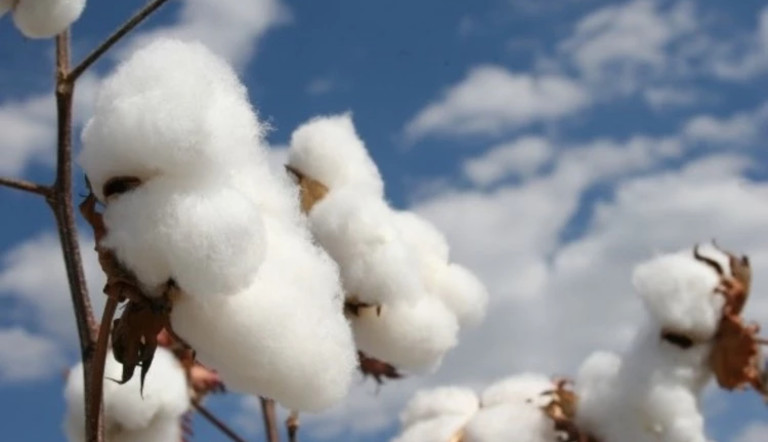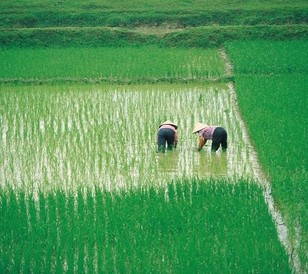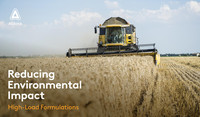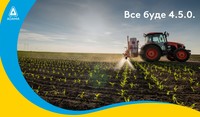
Spotlight on agriculture in China

The need for food means agriculture remains the largest employer and 315 million labourers work on 200 million farmsteads. Even though the average farm size is small at 0.65ha, the total output is the highest of any nation in the world and is worth about €775 billion a year to China’s economy.
Within that total output China’s farmers can lay claim to being the world’s biggest producers of a number of crops including:
Rice - 207 million tonnes
Wheat - 126 million tonnes
Potatoes - 95 million tonnes
Apples - 45 million tonnes
Pears - 19 million tonnes
Cotton - 7 million tonnes
Total vegetable production at almost 500 million tonnes, represents a staggering 50% of the world’s total output. And, in the fruit sector, China grows more than 220 million tonnes of produce or 30% of global output. This includes 45m tonnes of apples, a figure which is roughly eight times higher than the world’s second largest producer, the United States.
For wheat, by the time the 2017 crop is fully assessed, forecasts suggest production will have risen by about 3 million tonnes to almost 130 million tonnes. This continued growth in wheat production reflects the changing consumer demand as China switches from traditional rice-based meals to a more “Western” diet of breads, noodles and pastas. It is also driven by government policy that is seeking an end to a longstanding problem of undernourishment in hundreds of millions of Chinese.
In a bid to meet the demand output has been driven by an upsurge in fertiliser use from 251kg/ha at the turn of the 21st century to 422kg/ha by 2015. While the high input has pushed up wheat yields to 5.3t/ha - only 0.1t/ha below the EU average yield - it is still not enough to meet demand and China is heavily dependent on cereal imports. In 2016 about 3.1 million tonnes of wheat were imported, largely from the Ukraine.
The import-export story is the same in other sectors. For example, while apple exports are a relative success story for China, with a colossal 900,000 tonnes exported in 2016, the figure represents just 2% of total output. Overall World Bank figures show that while about €16bn-€20bn worth of fruit, vegetables and other crops were exported from China in 2016, imports were more than double the amount at €50bn.
The reason for this is because despite a huge total farmed land area of 528.6bn hectares, only a relatively small amount of 119m ha is suitable for arable production.
In total, cultivated land per capita amounts to less than 0.1ha. To put that in context, China’s cropping land area per head is 60% below the world average.
Even where crops do grow conditions can be challenging. Much of the arable growing soils are confined to a plain in the north of the country and to the mid-east along the lower reaches of the Yangtze river. More than 80% of the nation’s winter wheat is grown here alongside other crops such as sugar beet and soybean. But the subarctic climate in the far north shortens the growing season and arid conditions away from the Yangtze in the middle and east of the country, put pressure on yields. The dry areas are heavily dependent on irrigation making the crop expensive to grow and raising questions for the government on how scarce water resources should be best used.
The answer could lie within the government’s five-year strategy for agriculture which sets out a regime of modernisation and restructuring. It includes an acceleration of land improvement to withstand drought and flood and support for agricultural industrialisation, technology and better marketing.



